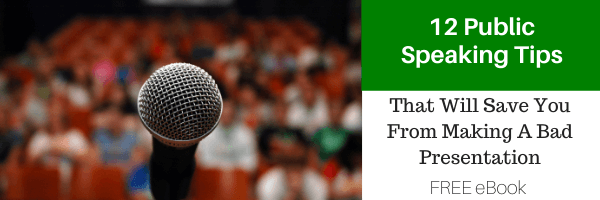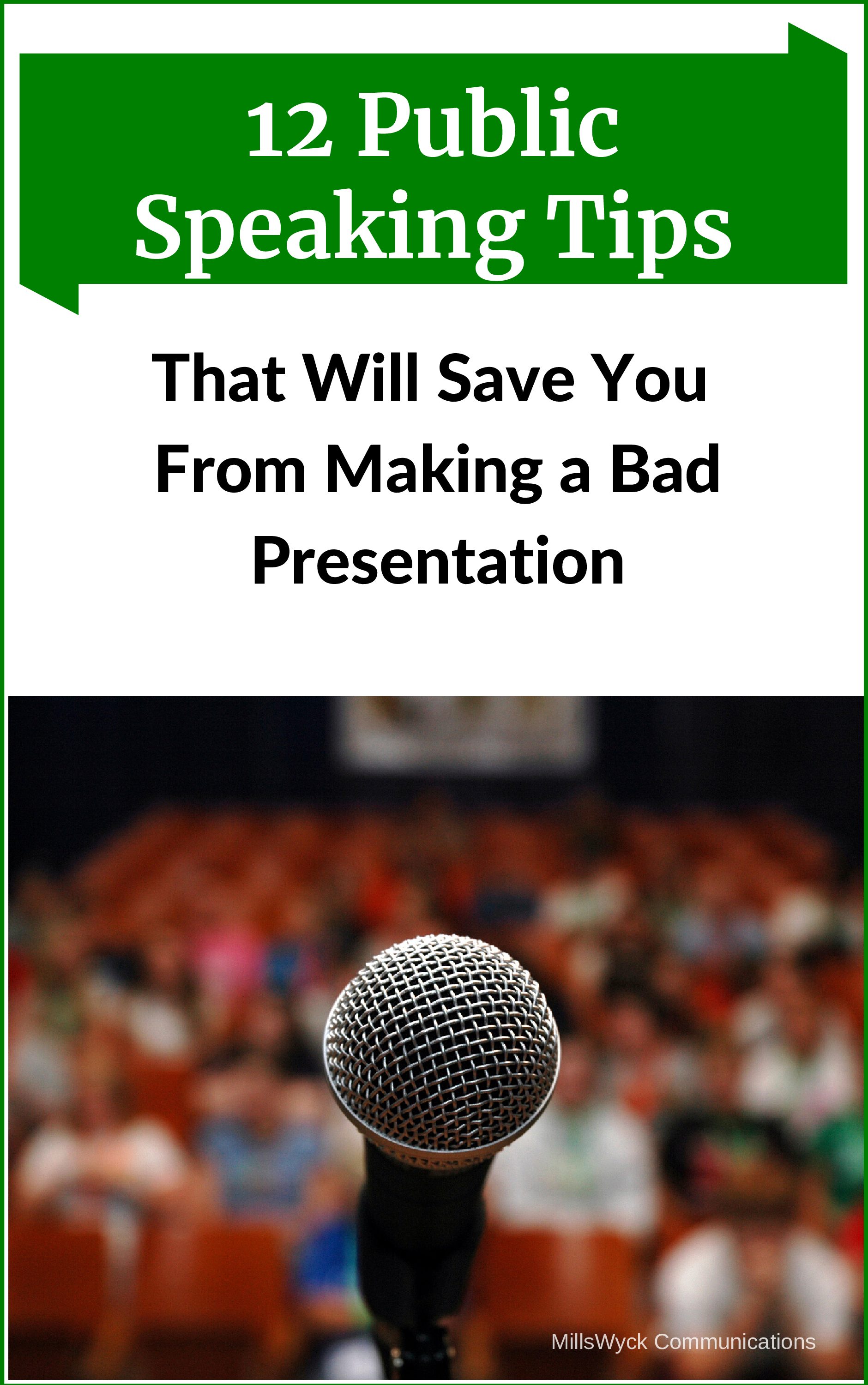I’ve been asked to review some taped presentations of some technical presenters. I’ve been shown their guidelines — it’s pretty minimal. The sponsor of the program wants it “interesting”, “exciting”, “informative”, and “imminently applicable to the layman watching”. I wasn’t sure what to expect.The people knew their stuff — that was clear. The slides all had their form and formatting. The pieces were all there. Everyone made the cut on their allotted time. And the first 12 shows I watched all had one thing in common. Their beginning. Every one of them began with:”Hi my name is Fred(a). I’m a senior research guru in the Hyperbolic Stochastic Hyperspace group. I’m here to talk about fourth order nonlinear Guggenheim functions. Here’s the breakdown of what I’m going to cover today.“Let’s break this down into the four sentences:
- Since this is taped (but it would make no difference if it were live), the audience already knows who the presenter is, and made a conscious choice to watch us. We’re starting by repeating information that is already known, and it isn’t to gain common ground.
- We’re stating credentials that are about as impressive as the amount of bellybutton lint we produce in a week. No one cares about our job title but us (unless we’re the president of a country). Part b of step 2, where we work is inconsequential unless there is politics involved, in which case we stand to lose as much of our audience as we gain by even bringing it up. The only other reason is to be drawn into the successes of others when our work doesn’t stand by itself. Neither is a compelling reason to include the group.
- Again, the audience likely knows the topic or they wouldn’t be watching (attending).
- In addition to being quite self-centered (and a clear violation of Rule #1), this is fluff to get to content. While I’m all about previewing content and making order to it, this should be done AFTER there is a compelling reason to listen — it rarely is compelling in and of itself.
So how should we start? Simple. The opening of a presentation, speech, class, dialog, or monologue should garner the audience’s attention and get them interested in the communication. Ideally it gets the audience agreeing that there is a problem and makes a sharp turn to a moral or point, whereupon the presenter provides the solution to the issue at hand. The presenters name, title, group, speech title, and order of material does none of that. It speaks boring, eats up two minutes of wasted time, and — when on tape — may just cause people to hit STOP. The live audiences can’t do that, but mentally they do the exact same thing. “Wake me when it gets interesting.“I’ve wondered why this “Standard Start” is so ubiquitous. I think it’s because that is what is trumpeted around the globe on the conference circuit, replayed in boardrooms around the globe by ‘leaders’, and thus produced by every line employee who has 10 minutes of content to fill. Imitation is supposed to be the highest form of flattery, but in this case it reeks of lacking any sort of creativity and is simply replicating boredom.
Begin by grabbing the audience’s attention. Provide credibility along the way, not through an opening title. Segue to unknown content through a known connection to the audience.


